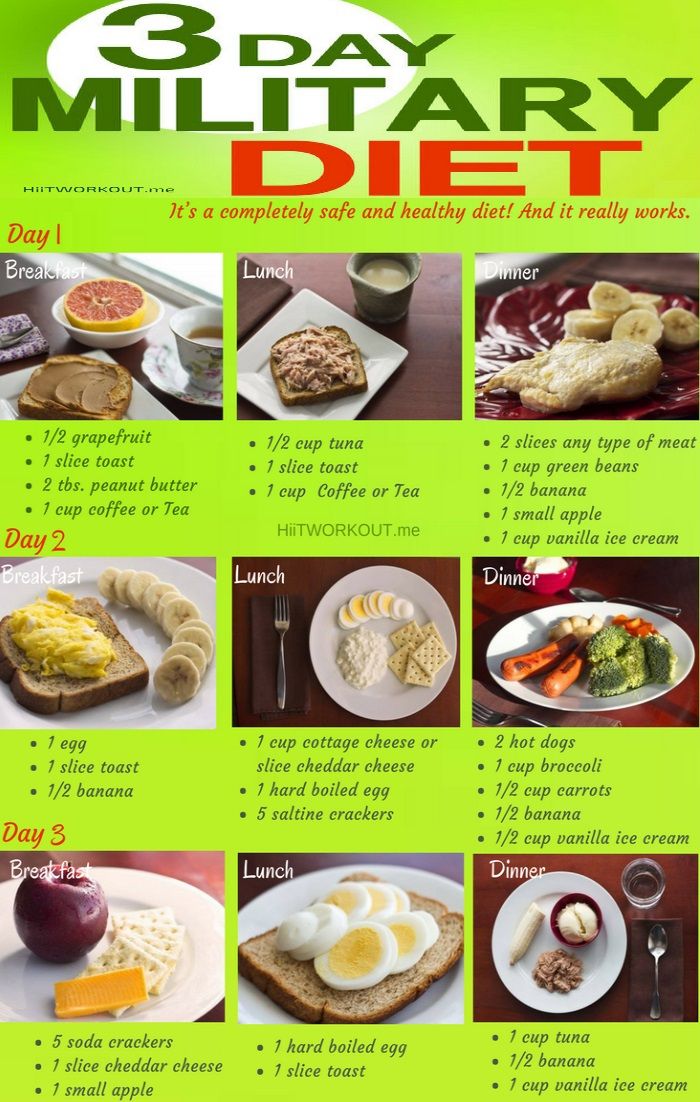
Health educators know that schools are among the most important environments for the promotion of healthy eating. School-age children consume a significant portion of their daily caloric needs. Proper nutrition throughout childhood and adolescence promotes healthy growth and development. Additionally, proper nutrition can support cognitive development as well as reduce absenteeism. There are many ways to promote healthy eating in the school environment.
A school nutrition education program assists students in developing healthy eating habits and sharpening their critical thinking skills. It gives information on healthy foods and how to select them. It also provides information about healthy cooking and eating. The Dietary Guidelines give guidelines for healthy eating, including regular exercise, healthy weight, moderate alcohol intake, and healthy body weight. Health education programs help students make informed food choices and provide resources to the food industry.

Health professionals need to stress the importance and role of nutrition in mental health. Many people have mental health problems due to poor nutrition and diet. Such people may not even be aware of these issues, so it is important to emphasize how nutrition impacts mental health. Education about healthy eating can also be an important tool in preventing eating disorders and other lifestyle problems. But it is not just about physical fitness, it can help to increase overall self-awareness.
An education program on nutrition can be developed to teach pre-schoolers how to make healthier choices. It can be gamified to include behavior modification techniques and motivational tools. It is important to have a good understanding of the nutritional environment before you can begin the Define phase. While it is essential to create a program, it should also be fun and easy for people to use. There are several things you can do to make a health education curriculum a reality.
In the first place, teach children healthy eating habits in school. It is vital that children understand the importance of food every day. It is important for children to learn to eat healthy foods for optimal health. Children should also be taught how to cook and eat healthy food. Furthermore, school meals should promote social and emotional connections between children and adults. It should not only include nutrition education in schools but also include a comprehensive curriculum that integrates all aspects of the food system.

In the same study, it was not possible to determine whether a nutrition education program affects a child's attitudes toward food. A few studies have found that Fitter Critters, a game that encourages healthy eating, can increase positive attitudes and self-efficacy. The researchers found that children who play the games are more likely than others to adopt healthy eating habits. Another study showed that the games increased students' intake of fruits and vegetables.
FAQ
Does being cold give you a weak immune system?
Being cold gives you a weaker immune system because when you are cold, your body produces less white blood cells which fight infections. You will feel less pain if you are cold.
How can I live the best life possible every day?
The first step towards living your best life everyday is to find out what makes you happy. Once you have a clear understanding of what makes you happy you can go backwards. Asking others about their lives can help you to see how they live the best life possible.
You can also check out books like "How to Live Your Best Life" from Dr. Wayne Dyer. He discusses happiness and fulfillment in every aspect of our lives.
What is the difference in calorie and kilocalories?
Calories can be used to measure how much energy is in food. Calories is the unit of measurement. One calorie is equal to one degree Celsius in energy.
Kilocalories are another term for calories. Kilocalories are expressed in thousandths (or a calorie). 1000 calories, for example, equals one kilocalorie.
How can I lower my blood pressure
It is important to first understand what high blood pressure is. You must then take steps towards reducing the problem. These could include taking medication, eating less salt and losing weight.
Exercise is also important. If you don’t have enough time to exercise regularly, consider walking more often.
You should join a gym if you are unhappy with your exercise routine. It's likely that you will want to join a gym with other people who are working towards the same goals as you. It's easier for you to exercise if you know that someone will be watching you at the club.
What's the best diet?
The best diet for you depends on several factors, like your age, gender, weight, health conditions, and lifestyle habits. Consider how much energy and low-calorie foods you consume, as well as whether or not you are a fan of fruits and vegetables.
Intermittent Fasting is an alternative to traditional fasting if you are looking to lose weight. Intermittent fasting involves consuming only specific meals throughout the day, rather than having three large meals. This may be a better option than traditional diets with daily calorie counts.
Research suggests that intermittent fasting may increase insulin sensitivity and lower inflammation. This can result in a reduction in blood sugar levels and a reduced risk of developing diabetes. Intermittent fasting has been shown to promote fat loss as well as improve overall body composition.
Statistics
- According to the 2020 Dietary Guidelines for Americans, a balanced diet high in fruits and vegetables, lean protein, low-fat dairy and whole grains is needed for optimal energy. (mayoclinichealthsystem.org)
- WHO recommends reducing saturated fats to less than 10% of total energy intake; reducing trans-fats to less than 1% of total energy intake; and replacing both saturated fats and trans-fats to unsaturated fats. (who.int)
- In both adults and children, the intake of free sugars should be reduced to less than 10% of total energy intake. (who.int)
- This article received 11 testimonials and 86% of readers who voted found it helpful, earning it our reader-approved status. (wikihow.com)
External Links
How To
27 Steps to achieve a healthy lifestyle when your family only buys junk food
The best way to eat healthily is to cook at your home. But, it can be hard to make healthy meals because many people don't know how. This article will help you make healthier choices while dining out.
-
Find restaurants that offer healthy options.
-
Before you order any meat dishes, make sure to order salads or vegetables.
-
Ask for sauces with no added sugar.
-
Avoid fried foods.
-
Grilled meats are better than fried.
-
Don't order dessert unless your really need it.
-
You should always have something to eat after your dinner.
-
Always eat slowly and chew your food thoroughly.
-
Get plenty of water when you eat.
-
You should not skip breakfast or lunch.
-
Fruits and vegetables are a great addition to every meal.
-
Choose milk over soda
-
Avoid sugary drinks
-
Limit salt in your diet
-
Try to limit the number of times you go to fast food restaurants.
-
Ask someone to come along if you are unable to resist temptation.
-
Don't let your children watch too much TV.
-
Keep the television off during meals.
-
Do not consume energy drinks.
-
Take regular breaks from work.
-
Get up at a reasonable hour and do some exercise.
-
Move every day.
-
Start small and increase your knowledge slowly.
-
Realistic goals are important.
-
Be patient.
-
Exercise even if it's not your favorite thing to do.
-
Positive thinking is important.